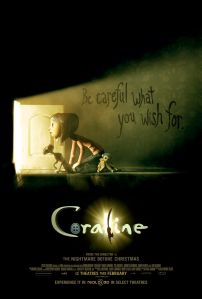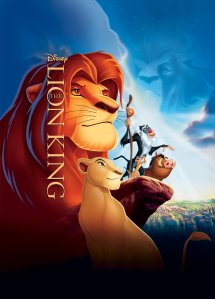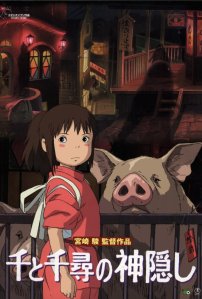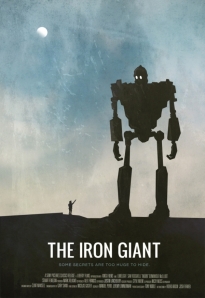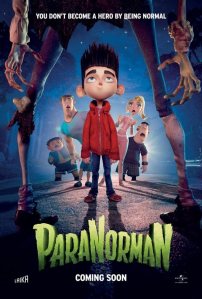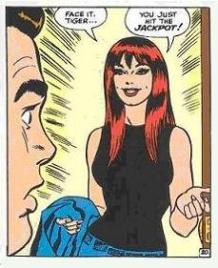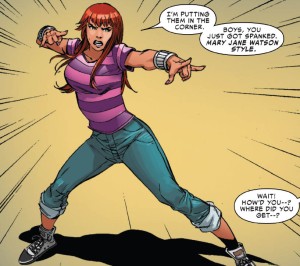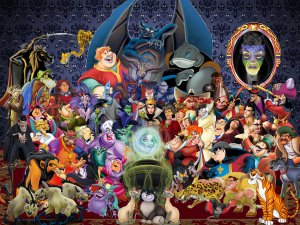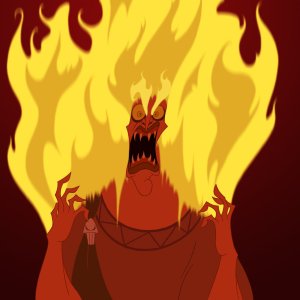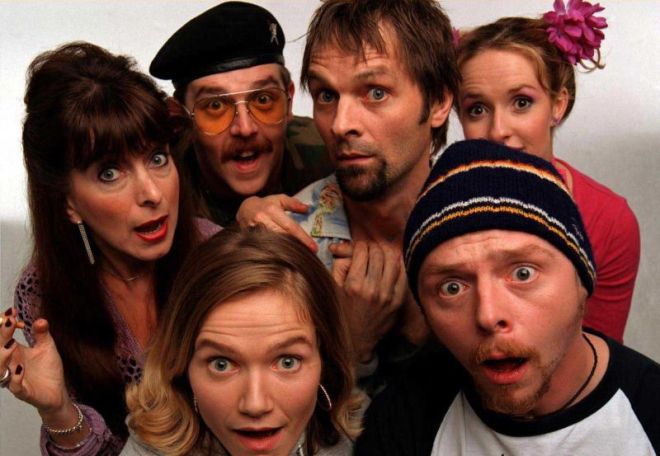
I started watching Spaced again a while back, an episode a day as a small (and my only) respite during preparation for exams. This must have been the fourth viewing or so I since first stumbling across it two years ago, and I am yet to find it to be stale or worn out, or worse: to stop being funny at all.
That Spaced has succeeded in staying as relevant and funny as it was when it first aired is no easy feat. After all, any comedy is best when it is new and fresh, for that is when it is capable of generating the loudest laughs, the jokes delivered with lightning-zest, jabs as powerful as Muhammad Ali’s in his prime. But just as even the best sportsman eventually loses the energy and stamina that propelled them to the top, so too to do most comedies, losing that initial lustre that turned it into such a hit. In both diverse instances, it is an affliction of the curse of time.
Spaced is a tale of two Londoners, Tim Bisley (Simon Pegg) and Daisy Steiner (Jessica Hynes neé Stevenson), who barely know each other but conspire to pose as a couple in order to get a flat. As any good sitcom will teach you, it must contain a premise that is simultaneously ridiculous and believable enough to be a ripe source for jokes. In this instance, it’s maintaining the charade to their landlady whilst everyone else is quite aware of the situation… until it all spills into the open humorously in the series’ penultimate episode.
The second element in any great sitcom is in dynamism of the cast and the interactions between their characters. Tim and Daisy share their lodgings with Brian (Mark Heap), an artist who employs… “unusual” (to say the least)… methods of painting his pictures. There is the eternally sozzled landlady, Marsha (Julia Deakin) and her unseen daughter, Amber. There’s Tim’s best friend, Mike (Nick Frost), so army- and war-obsessed he once tried to invade Paris with a tank. Then there’s Daisy’s best friend, Twist (Katy Carmichael), reportedly in fashion (plot twist: she works at a Laundromat). And later on, there’s a dog named Colin (Ada the Dog). Leading the charge of this explosively unstable heap of idiosyncratic characters is Tim and Daisy. Together, this eclectic grouping is highly charged, full of erroneous misunderstandings and even mismatched, yet they are bound together by a muddled sense of deep love and fondness for one another. Ultimately, this bunch of endearing eccentrics serves as the show’s heart.
Spaced is not your average sitcom. Ditching the standard multi-camera setup, recording in front of an audience for employment of a laugh track, it opted instead for a single-camera more visual-driven stylisation falling more in line with cable programmes churned out today than a television comedy. By doing so, Spaced didn’t merely stand out from the rest but seized a rarely utilised opportunity of using visuals as part of the gag or even as the gag. Spaced isn’t just packed with pop culture references— more often than not, it actually pays homage to them and contrary to quickly becoming tired and unoriginal in the way most parodying induces, it never manages to feel once that Spaced is relying solely on these references as the punch line; instead, it is part of the joke itself. You don’t need to understand the homage to laugh at the joke but when you do, the quip becomes twice as funny. In a famous instance, Tim— an avid Star Wars fan— expresses his dissatisfaction with The Phantom Menace by getting rid of his Star Wars merchandise by building a pyre and setting them on fire (unintentional rhyme!), a scene set entirely in the vein of Darth Vader’s funeral in Return of the Jedi.
And these pop culture references aren’t entirely restricted to a particular genre. I counted moments that paid homage not only to Star Wars, The Matrix, The Shining and the Sixth Sense but also to One Flew Over the Cuckoo’s Nest, Say Anything…, The Royle Family and The Omen. I even spotted a Doctor Who gag in the episode Change— the entrance to Tim’s boss’ office is framed on top by a TARDIS sign.
Not to say that everyone working on the show was not important but a large part of Spaced’s success owes thanks to the tight working between writers-and-stars Simon Pegg and Jessica Hynes (neé Stevenson) and director Edgar Wright. The writing is sharp, crisp and times its jokes perfectly. Behind the camera, Edgar Wright’s visual aesthetic and fingerprints are plastered all over the series. His signature fast-moving whip pans and well-placed angles serve as a precursor to his work on the Three Flavours Cornetto trilogy and Scott Pilgrim vs the World. Most directors in television are given little importance beyond getting the material filmed, forced to adhere to maintain a show’s established style. Here, Spaced depends a good deal on its director and it shows.
Spaced is comprised of a surprisingly short number of episodes— fourteen, to be exact, spread evenly over two series of seven. To understand the importance of how an order of episodes can impact the quality of a television show, one need only point out at the slow downhill slide of How I Met Your Mother, a show that (clearly!) started off as a Friends-esque sitcom before quickly growing into its own quirky beloved niche until the dragging of the titular meeting stretched on for too long (nine years) over twenty-odd episodes annually. If the last few years had a reduced number of episodes, combined with removing of unnecessary material serving as filler, perhaps the series’ finale wouldn’t have gone down as the show’s most divisive episode ever.
Spaced, on the other hand, operated as if it had always been destined for a brief albeit spectacular lifespan and managed to make every second, frame and joke count. In some ways, it felt like a very long Extended Edition of a movie.
Every now and then, a comedy (irrespective of medium) comes along that remains vibrant as the day it debuted. One such gem is the Charlie Chaplin classic, City Lights, one of the last silent films to be made that is still funny and moving as ever. For a more modern choice and in television, I would select Friends— it might not exactly be the best sitcom according to critics and Best Comedy-lists but it certainly boasts a far better universal appeal thanks to a timeless bravura mix of jokes, riotous characters and a cast that felt like a real family. Spaced aired at the end of the twentieth century in 1999 and 2001 and even fifteen years later, I can confidently say that Spaced deservedly belongs in the Club of Exclusive Exceptional. Perhaps even its own room named after it. It has wholly earned that prestige.
In the final episode of Spaced, a running theme is— and I quote— “They say the family of the twenty-first century is made up of friends, not relatives”. And you know what? This is one family I wouldn’t mind being a part of.

